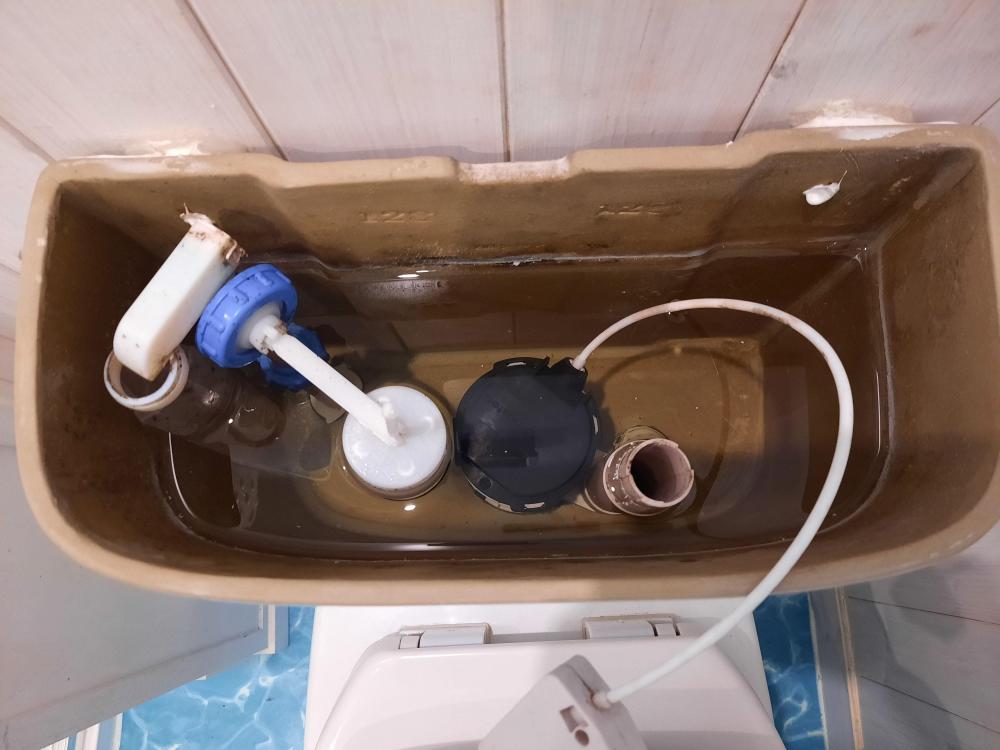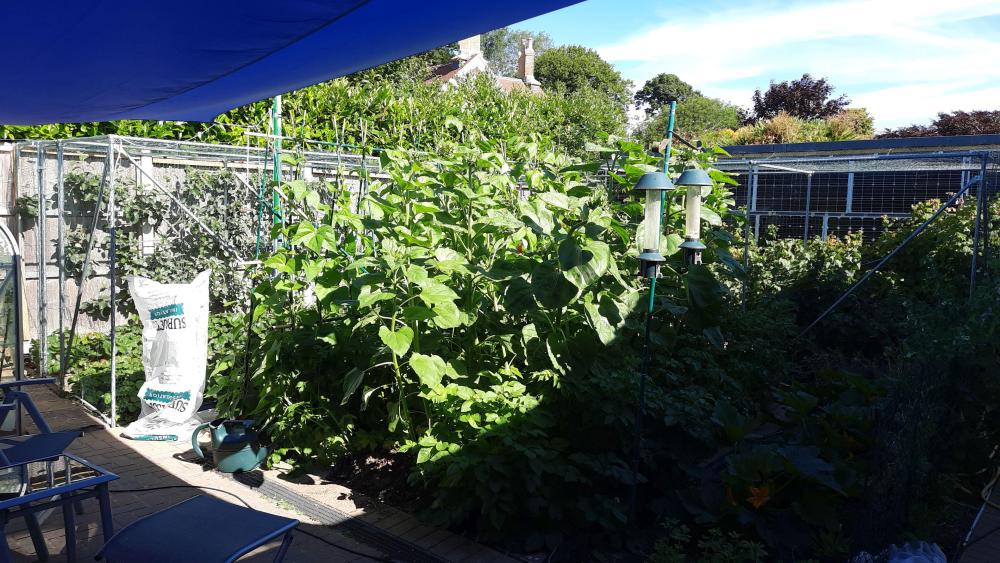Rainwater harvesting DIY overview
This info relates to a DIY rainwater harvesting system, not a commercial system, and therefore the water must not be drunk!
You should be careful using rainwater not to mix it with mains (Potable) Water as it is not suitable to drink and you could poison your house supply! To be clear birds poo on your roof and then it rains. However there are ways to elevate the problem in a DIY system so there is no smell or colour problems but it still cannot be drunk!
You should not use the recycled rainwater for cooking, bathing or showering. SHMBO will not allow it to be used for clothes washing either. The main uses are for garden watering and toilets, and some people use it for car washing and some for clothes washing (we do not have enough storage).
How much rainwater are you going to use on loos? Rough estimates suggest that you use about 70 litres a day flushing loos for 2 people. That's about 25m3 a year. More people more flushes more water...
How much rainwater are you going to use in your garden? Well that's a good question and trying to work that out is basically a waste of your time because when its raining you won't need to water the garden. Is it going to rain when you need it is the impossible question to answer. so we used a pessimistic view.
Our calculation about storage volume went like this:
The averages on the isle of Wight where we are suggest typically 4 rainy days in each month from April through to September, however the actual events over a year are much more uneven. In 2 months, it was assumed no rain for 6 weeks:
- So 2 people 70 litres a day for a 6 week drought = about 3000 litres or 3 cubic meters.
- and Garden 200 litres a day for a 6 week drought = about 4200 litres or 4.2 cubic meters. (This was based on 200 drippers supplying plants (no lawns) 0.5 litres a day each)
- Total requirement about 8m3
Well, we don't have room to store that amount of rainwater so for us it came down to what we did have room for which was about 4.5 cubic meters. If we had the room I would have gone for 10 cubic meters.
So this is what our loo water looks like after 4 years:
No smell, no clogging up valves no discolouration.
and the garden:
Yes we run out of rain water, and have a backup from the mains.
Based on the volume of water used and the cost of, our DIY installation, we will not save money doing this for many years, however it will reduce our bills going forward for as long as it works and we prefer to use rainwater on the garden.
Good luck
M
Edited by Marvin
-
 4
4




6 Comments
Recommended Comments
Create an account or sign in to comment
You need to be a member in order to leave a comment
Create an account
Sign up for a new account in our community. It's easy!
Register a new accountSign in
Already have an account? Sign in here.
Sign In Now